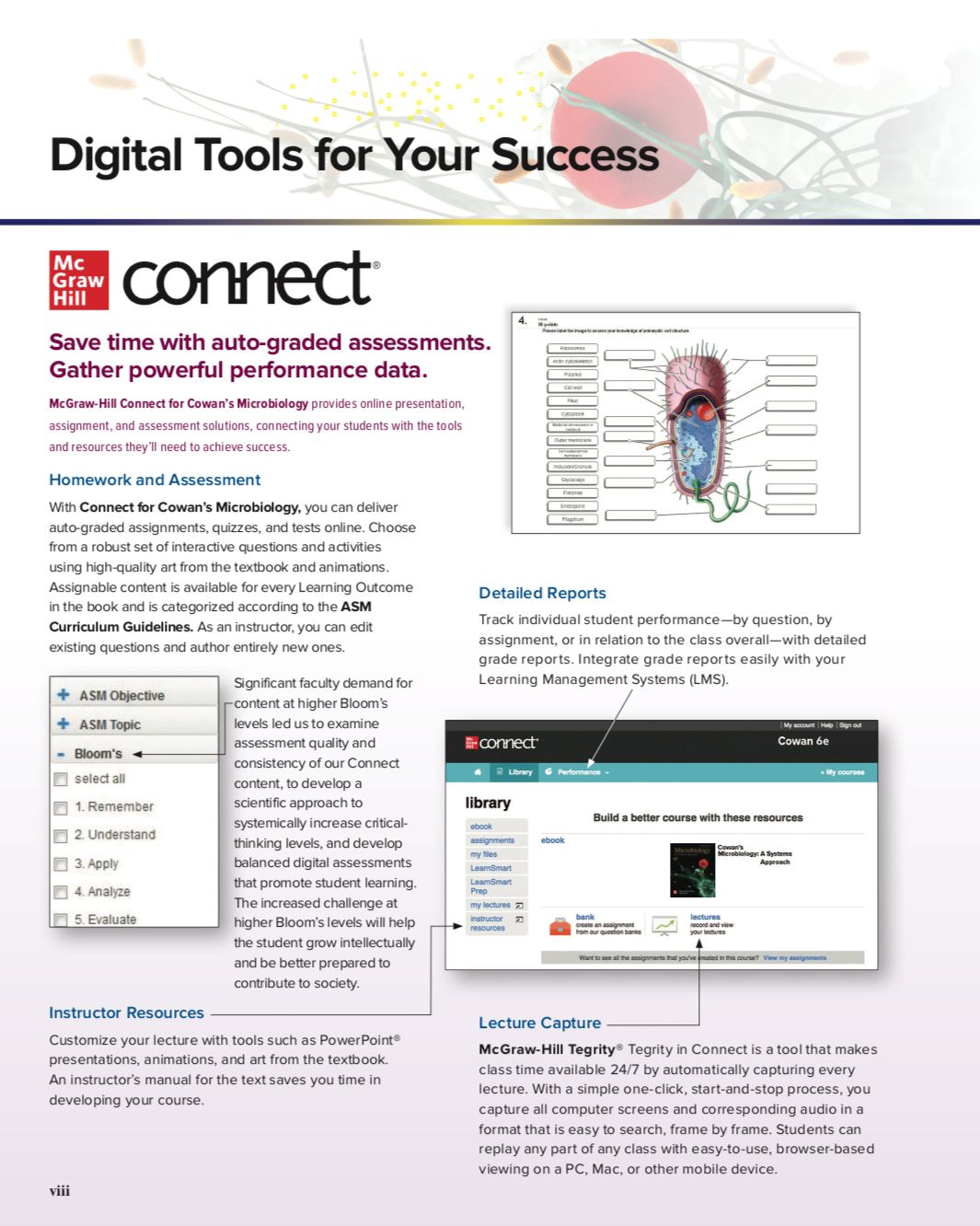Why do we use the ASM Curriculum Guidelines?
Learn more about why its important to use ASM Curriculum Guidelines
Published December 11, 2019

Guidelines are helpful in providing a benchmark to follow. Over my years in the life sciences disciplines, I have watched the discussion about guidelines unfold in many ways. For example, we have the Human Anatomy and Physiology Society (HAPS) guidelines, Commission on Accreditation of Allied Health Programs (CAAHEP) guidelines, and the American Society of Microbiology (ASM) guidelines. So, how does this relate to our work in education? What does a faculty member do with these guidelines? How can the publishers help?
To address this, let’s look at the ASM curriculum guidelines and the description from the organization’s timeline. These guidelines provide a set of concepts and outcomes that can be used in any microbiology course.
The guidelines provide a benchmark, and ASM has been careful not to call them “mandates.” These guidelines were written over the past five years, and the organization provides excellent resources to help the teaching community. From my perspective, this is a great starting point!
As a microbiology publisher, we have excellent brands like Nester, Cowan, Talaro, Prescott, Chess, Obenauf, Benson and Connect®. Each of these content brands provides a comprehensive look at the content, and they provide reporting tools to provide a window into student performance. Each textbook or laboratory manual was written based on learning outcomes. We’ve done extensive research on the efficacy of the outcomes. So, why did we add content tags in Connect that are mapped to the ASM curriculum guidelines?
We built these tags to assist you in customizing assignments and in reporting your students’ performance against these guidelines. This greatly enhances your ability to assess student learning in your courses by allowing you to align your learning activities to peer-reviewed standards from an organization.
Here is a look at the content types featured by our brands.
Case Study: Case studies come to life in a learning activity that is interactive, self-grading, and assessable. The integration of the cases with videos and animations adds depth to the content, and the use of integrated questions forces students to stop, think, and evaluate their understanding.
Media Under The Microscope: The opening cases in the textbook help students read science articles in the popular media with a critical eye. Questions in Connect are designed to extend these cases in a manner that promotes active student learning, either at home or in the classroom.
Concept Maps: Concept maps allow students to manipulate terms in a hands-on manner in order to assess their understanding of chapter-wide topics. Students become actively engaged and are given immediate feedback, enhancing their understanding of important concepts within each chapter.
Smart Grid Questions: New to this edition, Smart Grid questions replace the traditional end-of-chapter questions, and all of these questions are available for assignment in Connect. These questions were carefully constructed to assess chapter material as it relates to all six concepts outlined in the American Society of Microbiology curriculum guidelines plus the competency of “Scientific Thinking.” The questions are cross-referenced with Bloom’s taxonomy of learning level. Seven concepts/competencies × three increasing Bloom’s levels = a robust assessment tool.
Study Smarter: Better Together: A new feature in every chapter, Study Smarter gives guidance for students’ group study, either in person or online. No instructor intervention required! Research shows that well-structured group study benefits under-resourced learners and students with lower levels of reading ability.
What's the Diagnosis: Specifically designed for the disease chapters of the text, this is an integrated learning experience designed to assess the student’s ability to utilize information learned in the preceding chapters to successfully culture, identify, and treat a disease-causing microbe in a simulated patient scenario. This question type is true experiential learning and allows the students to think critically through a real-life clinical situation.
Animations: Animation quizzes pair our high-quality animations with questions designed to probe student understanding of the illustrated concepts.
Animation Learning Modules: Making use of McGraw-Hill’s collection of videos and animations, this question type presents an interactive, self-grading, and assessable activity. These modules take a stand-alone, static animation and turn it into an interactive learning experience for your students with real-time remediation.
Labeling: Using the high-quality art from the textbook, check your students’ visual understanding as they practice interpreting figures and learning structures and relationships. Easily edit or remove any label you wish!
Classification: Ask students to organize concepts or structures into categories by placing them in the correct “bucket.”
Sequencing: Challenge students to place the steps of a complex process in the correct order.
Composition: Fill in the blanks to practice vocabulary, and then reorder the sentences to form a logical paragraph (these exercises may qualify as “writing across the curriculum” activities!).




